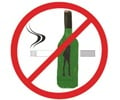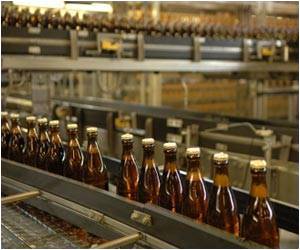Friends’ drinking behaviors may be tied to risky drinking among pregnant teens and young adults. The alcohol use and beliefs among adolescents and young adults before they become pregnant, or as they enter motherhood, are influenced by how their peers drink.

‘The factors that influence risky alcohol use in pregnancy should be understood for identifying and supporting at-risk teens and young adults. Young mothers maybe vulnerable to this behavior during pregnancy, resulting in adverse outcomes for their babies.’





Young mothers may be particularly vulnerable to moderate or heavy drinking during pregnancy, with adverse outcomes for their babies. Understanding the factors that influence risky alcohol use in pregnancy (3+ drinks per occasion) is important for identifying and supporting at-risk teens and young adults. The study in Alcoholism: Clinical & Experimental Research may be the first to use data collected before pregnancy, minimizing inaccurate recall.The research involved 432 mothers aged 13–24 living in an urban environment. The teens and young adults had since childhood been enrolled in a long-term study involving annual assessments. Researchers used data from two years before the participants’ pregnancies to two years after they gave birth.
Participants’ use of alcohol, motivations for drinking, and how they perceived their friends’ drinking were assessed with questionnaires. Investigators also considered how the participants’ caregivers had reported their own drinking in prior years. They sorted the young mothers into four groups based on drinking trajectories, and used statistical analysis to look for associations with factors related to alcohol use.
Through the study period, about half of the participants maintained no or low risky drinking (low risk). About one in four reported risky drinking with moderate frequency (moderate risk). A small group (6 percent) reported frequent risky drinking from before pregnancy to postpartum (high risk). One in five initiated regular risky drinking after giving birth. Participants’ drinking was strongly associated with how they perceived their peers’ alcohol use.
Pregnant teens and young adults who perceived their friends to be drinking were more likely to be in the high or moderate risk group, perhaps because peers reinforce or model alcohol use. This effect may be especially acute among those who, while pregnant, perceived their friends drinking, and among mothers whose risky drinking began postpartum.
Advertisement
The researchers recommend preventive interventions that differentiate between adolescent and young mothers, and target the peer drinking context. They advised caution about generalizing the study findings. Because this study did not experimentally manipulate the peer environment, the researchers note that these findings do not address cause and effect; further research is needed to confirm causality.
Advertisement















